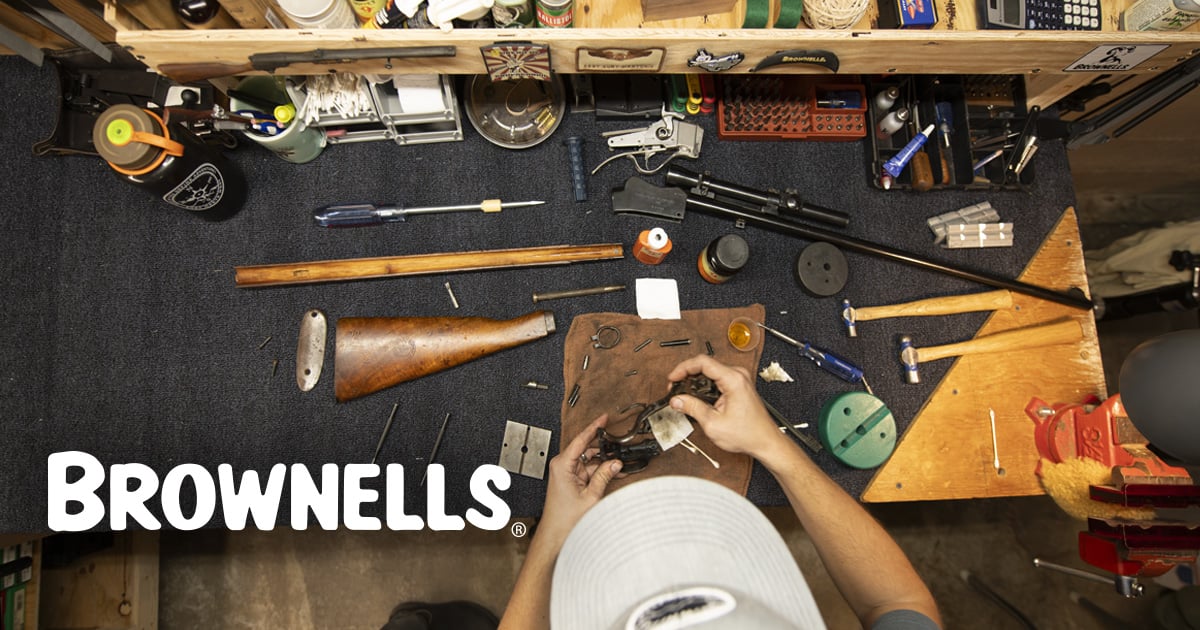So... wanted to build an AR from scratch and loved the ballistics of the 6.5G so went that route. Lower is AA Grendel with LMT LPK, Magpul trigger guard, Timney 3lb trigger, overmolded grip, and Mako SR-25 stock with adjustable cheek weld and built-in monopod.
Upper is AA Beefy Squared side-charging receiver, 20" Satern fluted barrel, EGW gas block (clamp-on), Midwest Industries lightweight quad rail 15" hand guard
I've heard a couple tips for assembling the upper, that I should first use loc-tite primer on the inside of receiver and barrel shank, then a very thin coat of loc-tite blue when assembling to bed the barrel, and clean out any residual with more primer.
When assembling, clean the threads, then a bit of moly grease, then torque to 60, back off, torque to 60, back off, torque to 60 and then turn to next available port so gas tube aligns properly
I don't plan to bed the gas block.
Anyone have a tip how to keep the upper receiver secure in a vise? it doesn't fit in a standard upper-receiver block...
Thanks!
Here's a mock-up (lower assembled, upper gently screwed together to see what it'll look like)

Upper is AA Beefy Squared side-charging receiver, 20" Satern fluted barrel, EGW gas block (clamp-on), Midwest Industries lightweight quad rail 15" hand guard
I've heard a couple tips for assembling the upper, that I should first use loc-tite primer on the inside of receiver and barrel shank, then a very thin coat of loc-tite blue when assembling to bed the barrel, and clean out any residual with more primer.
When assembling, clean the threads, then a bit of moly grease, then torque to 60, back off, torque to 60, back off, torque to 60 and then turn to next available port so gas tube aligns properly
I don't plan to bed the gas block.
Anyone have a tip how to keep the upper receiver secure in a vise? it doesn't fit in a standard upper-receiver block...
Thanks!
Here's a mock-up (lower assembled, upper gently screwed together to see what it'll look like)


 Most accuracy recommendations have you torquing the minimum above 30, and there have been specific cases of heavy torque leading to accuracy problems. Apparently the norm for mfg's was a much heavier torque than required or specified by Colt and the GI armorer manuals.
Most accuracy recommendations have you torquing the minimum above 30, and there have been specific cases of heavy torque leading to accuracy problems. Apparently the norm for mfg's was a much heavier torque than required or specified by Colt and the GI armorer manuals.
Comment